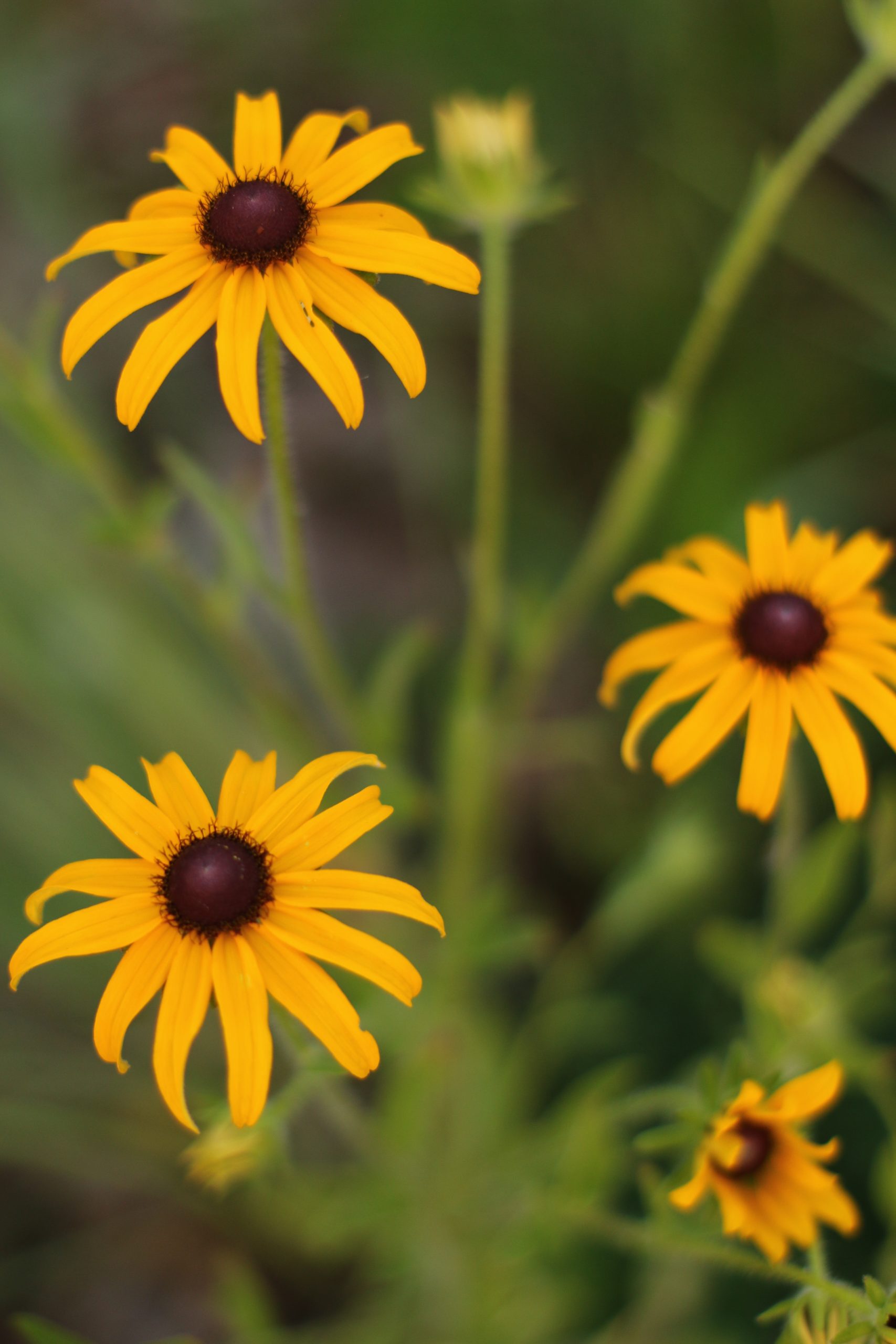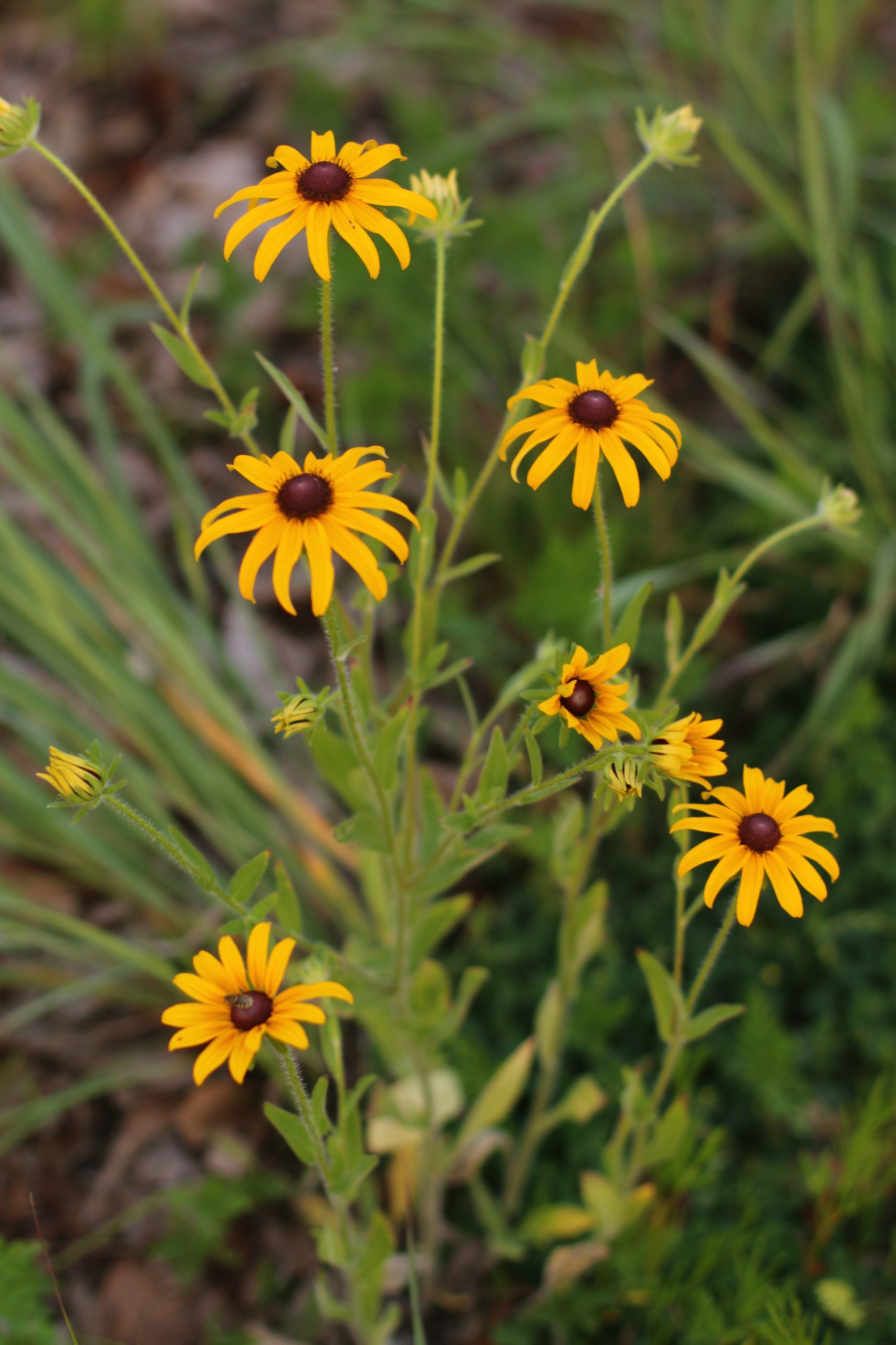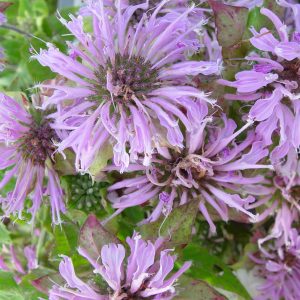Common Black-eyed Susan
Rudbeckia hirta
Blooms 1st or 2nd year; reseeds itself; black-eyed susans are primary pollen source for 2 bee species
$3.00 – $21.00
For quantity discount pricing, request a quote.
Description
Ruudbeckia hirta, commonly called black-eyed Susan, is a native biennial forb (wildflower).
Wildlife notes
The flowers appeal to a wide range of insects, particularly bees and flies, as well as some wasps, butterflies, and beetles. The bees collect pollen or suck nectar. The seeds are eaten occasionally by goldfinches. Deer tend to avoid this plant.
Forage notes
Many mammalian herbivores are not particularly fond of the coarse leaves – they have low food value, and there have been occasional reports of this plant poisoning cattle and pigs.
Landscaping notes
Biennial that is winter hardy to USDA Zones 3-7. It blooms in the first year from seed planted in early spring and is often grown as an annual. It is easily grown in average, medium moisture, well-drained soils in full sun. Best in moist, organically rich soils. Tolerates heat, drought and a wide range of soils except poorly drained wet soil. Seed may be sown directly in the garden at last frost date. Deadhead spent flowers to encourage additional bloom and/or to prevent any unwanted self-seeding. Whether or not plants survive from one year to the next, they freely self-seed and will usually remain in the garden through self-seeding. Deer resistant. Borders. Annual beds. Cottage gardens. Wild gardens. Meadows. Groups or mass plantings. Good cut flower.
Restoration notes
In natural habitats, Black-eyed Susan occurs in mesic to dry prairies, mesic to dry upland forests, particularly in open rocky areas, as well as savannas and limestone glades. In developed areas, it can be found in pastures and abandoned fields, areas along railroads and roadsides, on eroded clay slopes, and miscellaneous waste areas. Black-Eyed Susan colonizes disturbed areas readily, and recovers moderately well from fires.
This species is commonly used in the following mixes: Wet Meadow Mix, Wildlife Chuckwagon Mix, Shadows & Sunbeams Mix, Prairie Patchwork Mix, Firebreak Mix, Dry’n Rocky Mix, Butterfly & Hummingbird Mix, Buck’s Hangout Mix
Videos About This Plant
To learn more about this plant, check out our videos about it and its uses.
Wildlife Chuckwagon | Native Wildflower Mix
Wet Meadow Mix | Native Wildflower Mix
Additional information
| Weight | N/A |
|---|---|
| Units | Packet, Ounce, Pound |
| Light | Full Sun to Part Shade |
| Seeding Rate | 5 bulk lbs/acre |
| Soils | Average |
| Height | 18"-24" |
| Bloom Month | Jun, Jul, Aug |
| Color | Yellow, Black |
| Specialty Uses | Cut Flower |
| Cattle Palatability | Fair |
| # seeds/pkt | 200 |
| Packet coverage area | 5 sq. ft |



